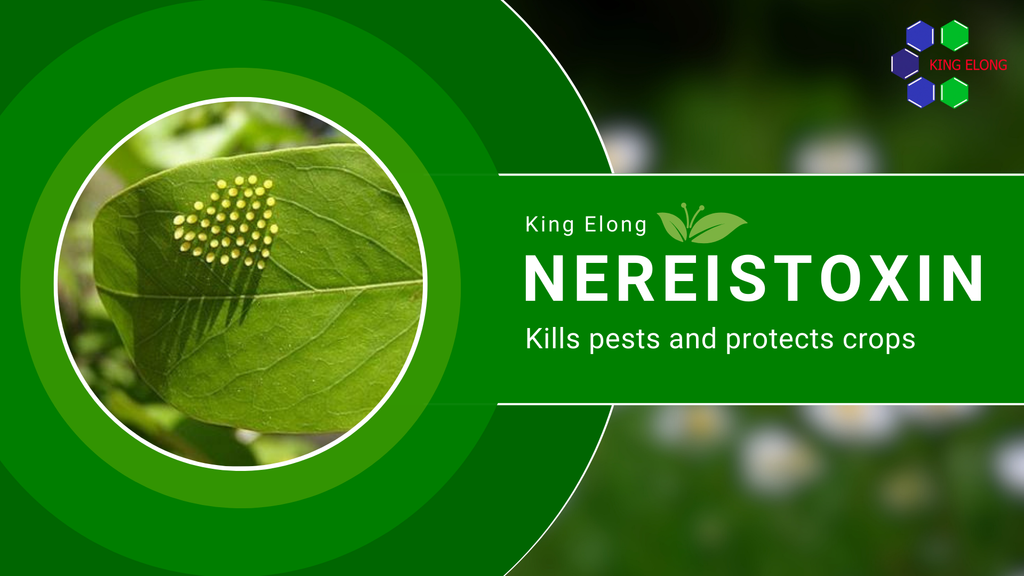The active ingredient Nereistoxin (Thiosultap-Sodium - chemical formula C5H13NO6S4) was isolated in 1934 from Lumbriconereis heteropoda by researchers in Takeda, Japan. This is a pesticide used to control somes types of chewing and sucking insects on rice, vegetables and fruit trees.
This active ingredient has the effect of contact poisons, hampers the activity of receptors in insect nerve cells.
It has a broad spectrum of effects that kills insect eggs, eliminates many types of biting and chewing mouth pests such as stem borers, leaf rollers, root borers, leafhoppers, aphids, thrips... on crops such as rice, wheat, sugarcane, green leafy plants, ornamental plants, fruit trees, coffee, tea, cotton,...
Nereistoxin is an effective option for insect control in agriculture. Using Nereistoxin right ways properly will help protect crops and improve crop productivity.
However, you need to be careful when using this active ingredient. Although Nereistoxin has the toxicity of two thiosulfate groups combined with a trykylamine group that can kill insects, caterpillars, butterflies, aphids, etc., Nereistoxin is an insecticide with toxicity class II (according to WHO standards) and group III (according to GHS standards), causing toxicity through the digestive tract, inhalation and through the skin. Therefore, it is necessary to follow specific and careful instructions for use to ensure safety for human health.
Reference source: https://vietnamnongnghiepsach.com.vn/.../hoat-chat.../


